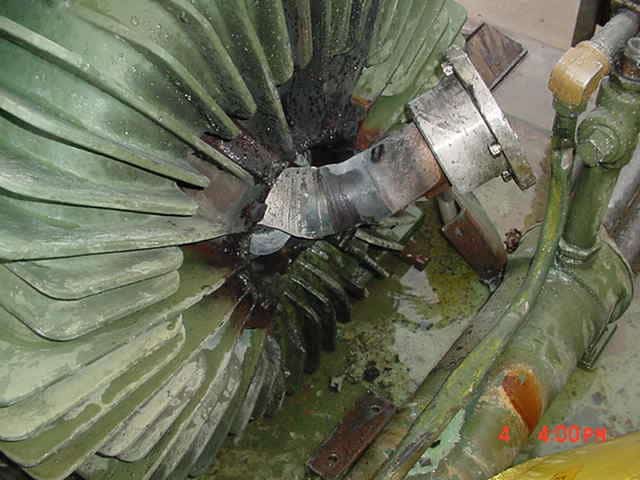Root Cause Analysis Tip: What’s The Incident – What’s the Causal Factor?

CLICK HERE for an article about a fish kill near Honolulu. Let’s think about what’s the incident and what’s the causal factor. Here are some details:
There was a 1,400-ton leak from a molasses pipeline from loading molasses tankers. The sugary “pollutant” killed thousands of fish. The dead fish, now being cleaned up by the Hawaii Department of Health, attract sharks, eels, and barracuda (the natural cleanup crew). Because of the increased risk of shark attacks on surfers, swimmers, and snorkelers, beaches have been posted with an advisory to stay out of the water.
Leave your answers to these questions in the comments
- Up to this point, what is the incident? (The incident is in your circle on your SnapCharT®.)
- But next, if someone ignored the warnings, entered the water, and was bitten by a shark, would that change the incident? Or would it be a completely separate incident?
- Finally, can you see causal factors that you should explore as an investigator?
Not sure how to answer these questions? Learn how to define incidents and causal factors in TapRooT® Root Cause Analysis Training.



